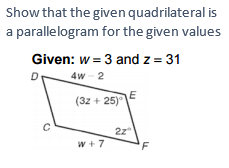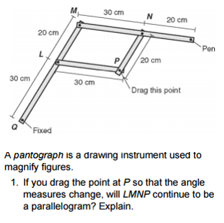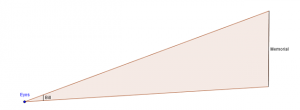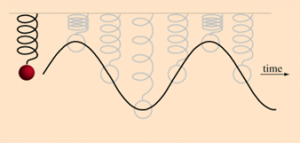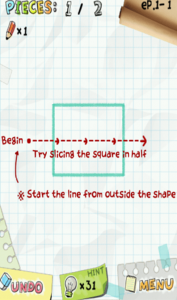This learning progression, that can be accessed through the link below, was designed primarily for 9th grade students in an honors geometry course. The Common Core State Standards that it will be satisfying are the following: HSG.GPE.B.4 and HSG.GPE.B.5. While the math practices that we will be implementing are: MP1, MP2, and MP3.
The primary instructional methods will be the Socratic Method and Direct Instruction. Students will have to take this information and apply it to mathematics problems that are given to them. As they work on problems the teacher will walk around and assess their work. The students will be allowed to talk to their table partners to check answers and tutor one another. As they are doing this the teacher will insert themselves into conversations that are headed the wrong direction, coming to a lull when it is clear one of both of the students is still lost or when the students are simply getting off task. An example of the types of questions the students will be working on can be seen at the bottom of this article.
After the students complete their class work they will be given an exit task to complete before the day is over. The exit task will include Benchmark Assessments that will show whether or not the students learned what they were supposed to learn that day. Once again example problems can be seen below.
Instructional Task Assessment Task

